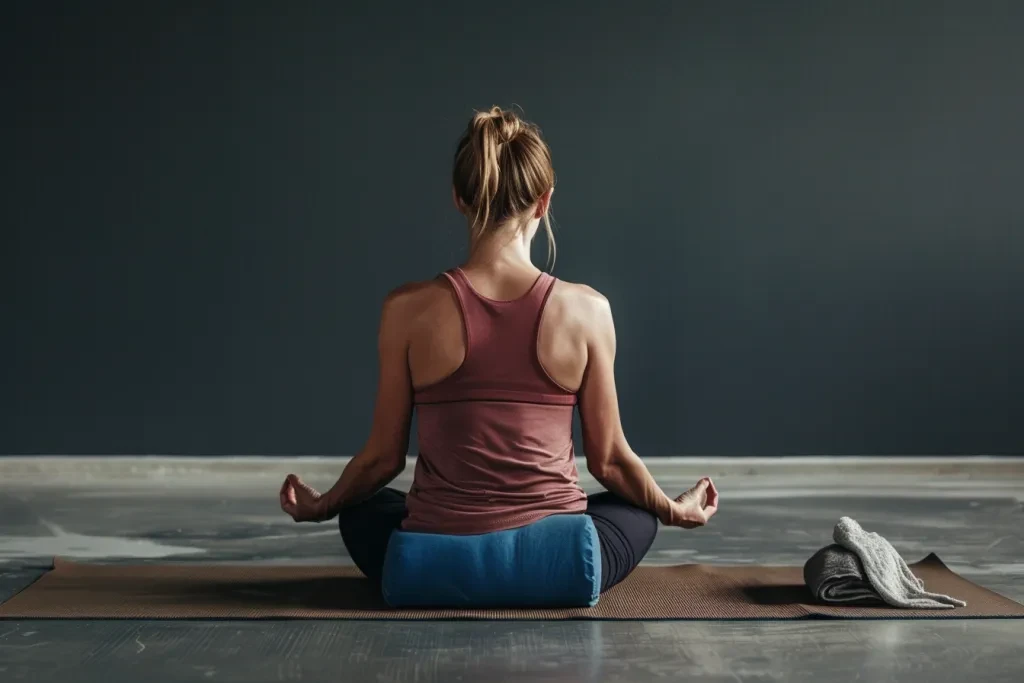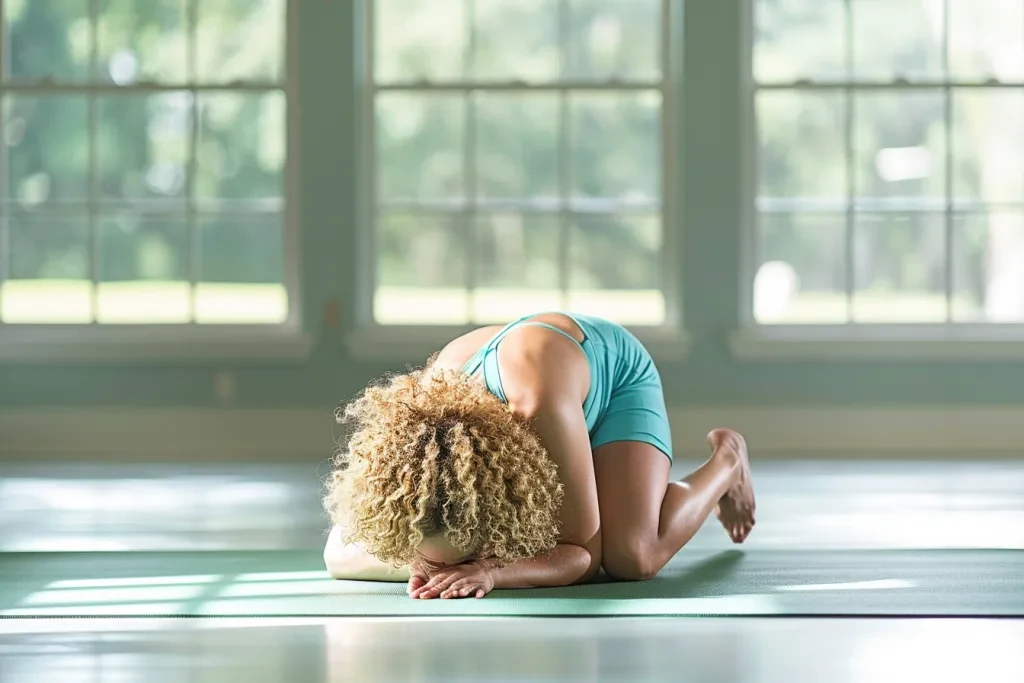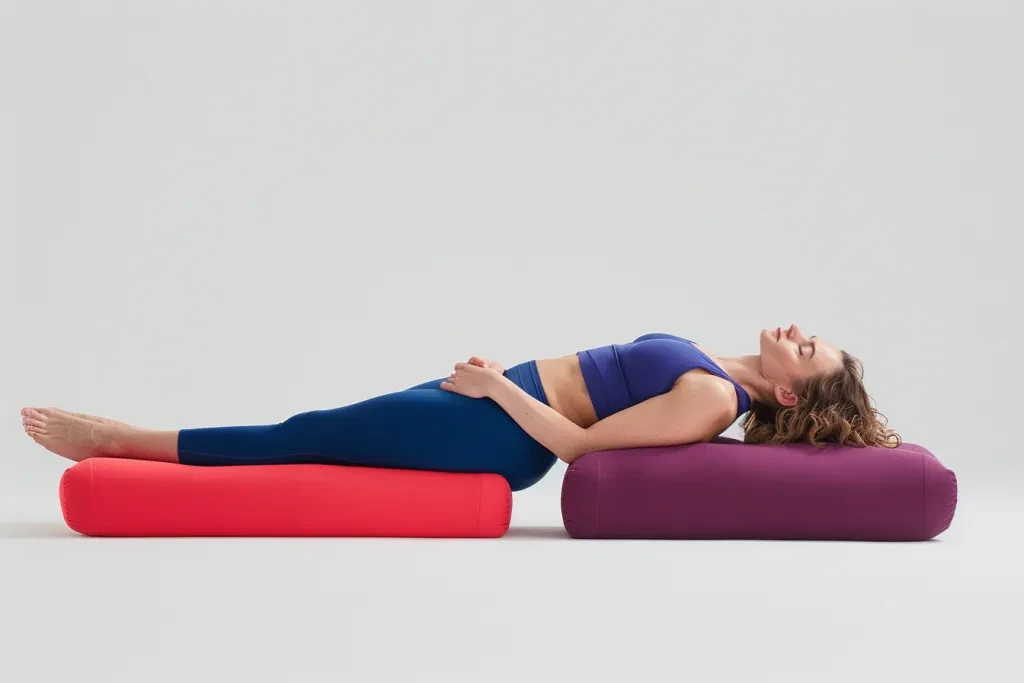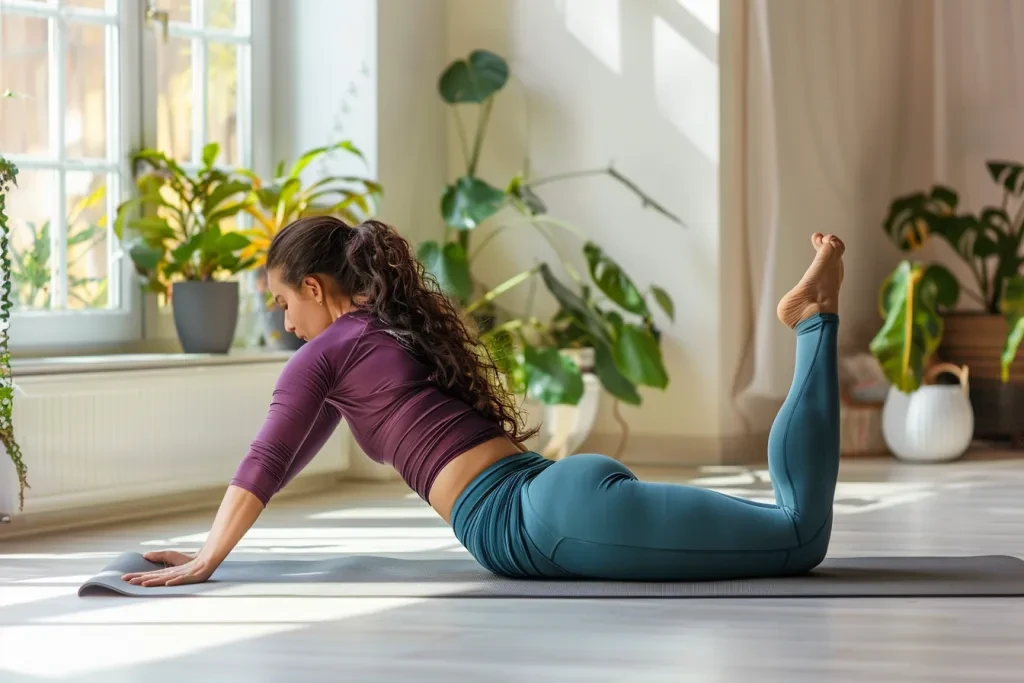In the dynamic world of sports, where agility and strength are paramount, restorative yoga emerges as a beacon of balance and recovery. This article delves into the essence of restorative yoga, shedding light on its significance and benefits for athletes. By intertwining expert knowledge with practical insights, we aim to guide sports enthusiasts through the transformative journey that restorative yoga offers, enhancing both mental and physical resilience.
Table of Contents:
– Understanding restorative yoga
– The physiological benefits of restorative yoga
– Mental and emotional advantages
– Incorporating restorative yoga into your routine
– Common misconceptions debunked
Understanding restorative yoga

Restorative yoga, a practice focused on relaxation and healing, stands out in the fitness world for its gentle approach. Unlike the vigorous poses in other yoga styles, restorative yoga involves poses that are held for longer periods, using props for support. This method allows the body to enter a state of deep relaxation, facilitating healing and recovery. It’s an excellent counterbalance to the high-intensity demands of various sports, offering athletes a way to restore energy and rejuvenate the body.
The origins of restorative yoga trace back to the teachings of B.K.S. Iyengar, who emphasized the importance of alignment and the therapeutic aspects of yoga. This practice is particularly beneficial for athletes, as it focuses on releasing tension in the muscles and improving flexibility—key components in optimizing performance and preventing injuries.
By engaging in restorative yoga, athletes can enhance their body awareness, identifying and addressing areas of stiffness or imbalance. This awareness is crucial for maintaining optimal health and performance levels, making restorative yoga an invaluable tool in any athlete’s training regimen.
The physiological benefits of restorative yoga

Restorative yoga offers a myriad of physiological benefits that can significantly improve an athlete’s performance. Firstly, it promotes muscle recovery. By holding poses for extended periods, the body has the opportunity to release tension and reduce soreness, speeding up the recovery process after intense physical activity.
Additionally, restorative yoga improves flexibility and mobility, which are essential for athletes in preventing injuries and enhancing performance. The gentle stretching involved helps to lengthen muscles and increase range of motion, allowing athletes to move more freely and efficiently.
Another key benefit is the enhancement of the parasympathetic nervous system, responsible for the body’s rest and digest functions. This activation aids in reducing stress levels and lowering heart rate, contributing to better sleep patterns and overall well-being. For athletes, managing stress and ensuring adequate rest are crucial elements in achieving peak performance.
Mental and emotional advantages

Beyond the physical benefits, restorative yoga offers profound mental and emotional advantages. In the high-pressure environment of competitive sports, mental resilience is as important as physical strength. Restorative yoga fosters a sense of inner peace and clarity, helping athletes to develop a more focused and positive mindset.
The practice encourages mindfulness and present-moment awareness, which are invaluable in managing performance anxiety and maintaining concentration during competitions. By cultivating a calm and composed mental state, athletes can enhance their decision-making abilities and reaction times, gaining a competitive edge.
Moreover, the deep relaxation achieved through restorative yoga can improve sleep quality, essential for mental and emotional recovery. A good night’s sleep supports cognitive functions, mood regulation, and stress management, all of which are vital for optimal athletic performance.
Incorporating restorative yoga into your routine

Integrating restorative yoga into an athletic training program is straightforward and highly beneficial. It’s recommended to practice restorative yoga on rest days or after intense workouts to aid in recovery and reduce the risk of overtraining. Starting with one or two sessions per week can help athletes gauge their body’s response and gradually increase the frequency as needed.
Creating a calming environment is key to maximizing the benefits of restorative yoga. Using props such as yoga blocks, bolsters, and blankets can enhance comfort and support during poses. Athletes should focus on deep, slow breathing to facilitate relaxation and recovery.
Listening to the body and practicing patience are crucial. Restorative yoga is about letting go of the need to achieve and simply being present in the moment. This mindset shift can be profoundly rewarding, both on and off the field.
Common misconceptions debunked

Despite its growing popularity, several misconceptions about restorative yoga persist. Some athletes may view it as too passive or not challenging enough to be beneficial. However, the practice’s focus on deep relaxation and recovery offers unique advantages that are essential for long-term athletic performance and well-being.
Another misconception is that restorative yoga doesn’t contribute to strength building. While it’s true that the practice emphasizes relaxation over exertion, it can indirectly support strength gains by enhancing flexibility, improving muscle recovery, and reducing the risk of injuries.
Lastly, the belief that restorative yoga is only for those who are injured or unable to participate in more vigorous forms of exercise is unfounded. Athletes at all levels can reap the benefits of restorative yoga, making it a versatile and valuable addition to any training regimen.
Conclusion:
Restorative yoga stands as a powerful tool in the athlete’s arsenal, offering a path to enhanced performance through relaxation, recovery, and mental resilience. By debunking common misconceptions and embracing the practice’s holistic benefits, sports enthusiasts can unlock new levels of potential. Incorporating restorative yoga into your routine is not just an investment in your physical health but a commitment to overall well-being, paving the way for sustained athletic success.




